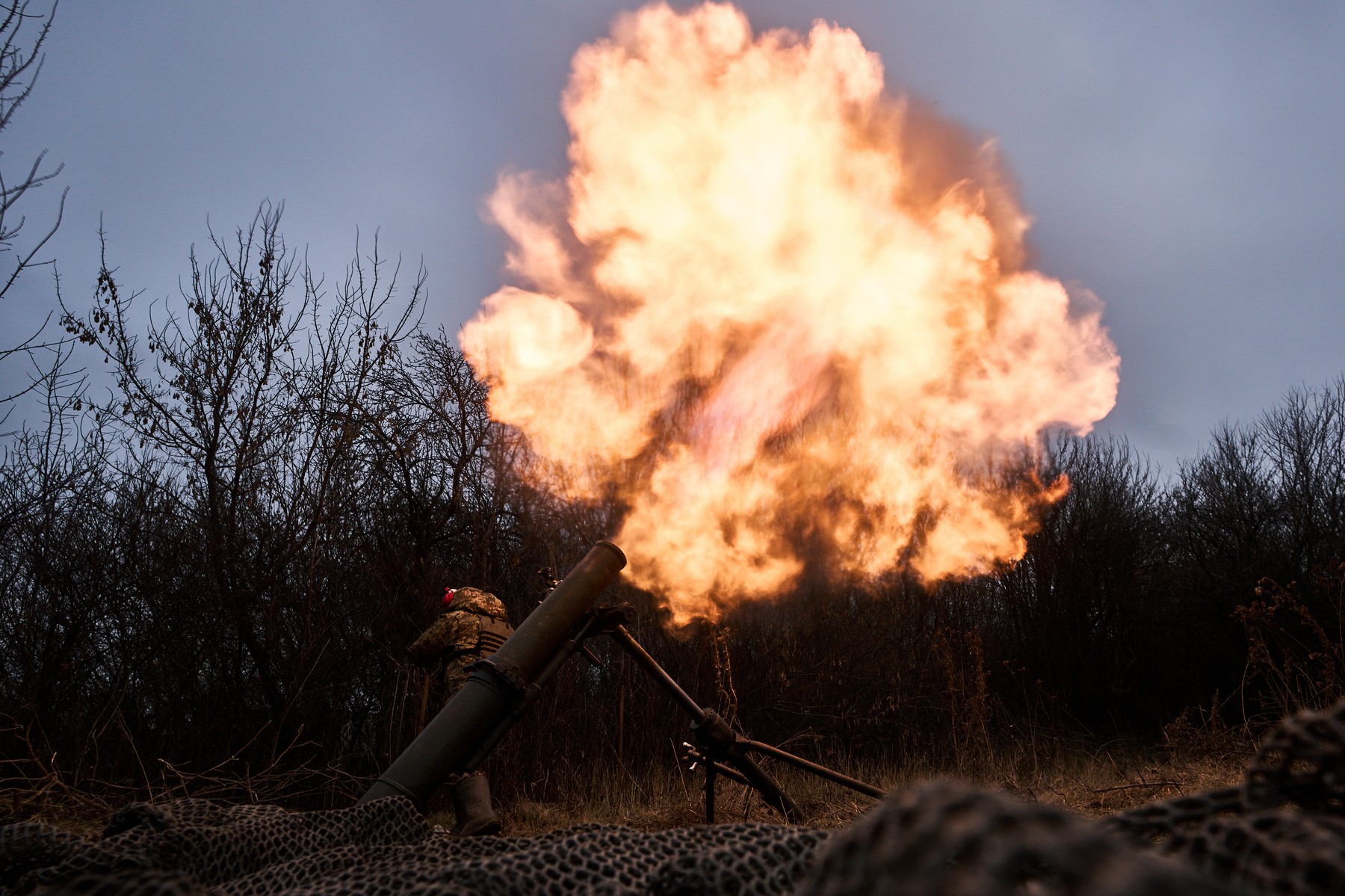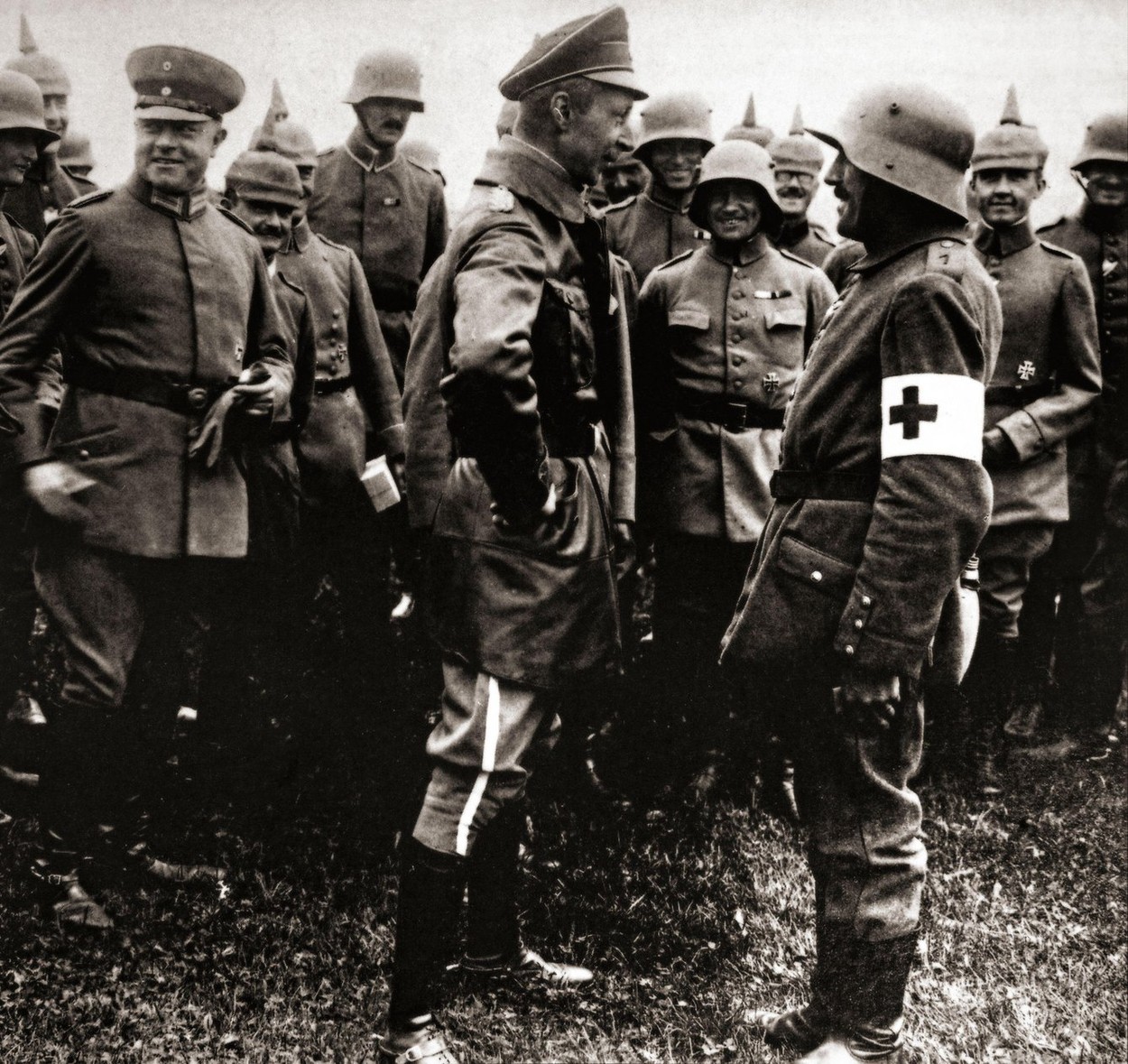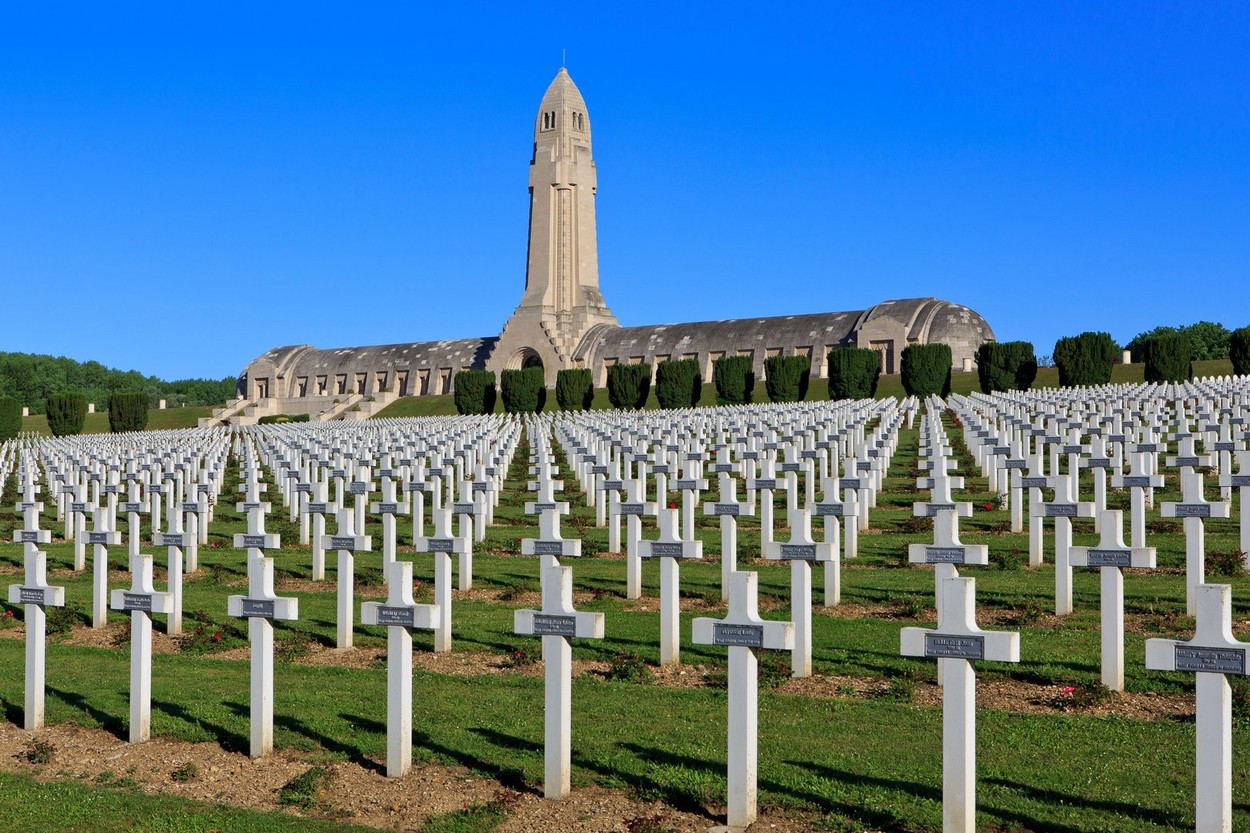
After the completion and success of the Ukrainian counteroffensives in Kharkiv and Kherson, the battle for Bakhmut and neighboring cities became the hottest point of the war in Ukraine. Here, Ukrainians are stubbornly resisting Russian attacks, in difficult-to-describe conditions.
The island of Russian attacks is represented by Wagner’s mercenaries led by Yevhen Prigozhin, but many regular troops are also used.
Considering the high number of casualties on both sides, but especially on the Russian side, we can say that we are dealing with a city of great strategic importance. Whether it is so or not, we will analyze further.
Why are the Russians attacking Bakhmut with such desperation?
So, we are talking about a not very big city, Bakhmut had about 70 thousand inhabitants before the war. Its significance in the general tactical plan of the war is, to put it mildly, controversial.
Then why are the Russians spending so many resources and people on its conquest?

Ukrainian soldiers in the trenches on the Bakhmut front (photo: AA/ABACA / Abaca Press / Profimedia)
Because it would be the first big hit he could present to his native population in months. Because they had to move away from Kherson and Kharkov, and the prestige of the Russian army, already significantly undermined since the beginning of the war, suffers greatly.
On the other hand, the defenders of the city, who in turn suffered heavy losses, turned resistance in the ruins of the city into an excuse for national pride and defiance of the Russians. At the same time, while the Russian army concentrates its best units in this direction, it cannot use them elsewhere, which is initially a great victory for the Ukrainians.
What is happening now in Bakhmut is nothing new. The motivation of both sides to fight a battle without much strategic advantage once formed the basis of a famous battle in history, referring here to the German attack at Verdun in 1916 during the First World War.
In fact, the images taken at Bakhmut tell a lot about what happened on the Western Front during the Battle of Verdun. Images of soldiers from both camps standing in flooded trenches, a muddy battlefield, a small strategically unimportant town turned into ruins by bombing – everything coincides.

Ukrainian troops attack Russian positions near Bakhmut (photo: LIBKOS / AP / Profimedia)
- Read also: Why is Russia so eager to capture the city of Soledar?
- The Battle for Soledar shows us how Putin adopted Stalin’s tactics
Battle of Verdun, causes and military context
At the beginning of 1916, the Western Front was already static. Both the Anglo-French and the Germans had suffered huge losses in the previous two years of the war, but this would be nothing compared to what was to come. The front line stretched from the North Sea to the Swiss border in the south. Both camps had a complex network of trenches with several lines of defense.
However, the Germans were at a disadvantage. They were under a naval blockade and their economy was on the verge of collapse. The Chief of the German General Staff, Erich von Falkenhayn, believed, however, that the French army was on the verge of collapse and a final blow was needed. To test this theory, he will develop an operation Gericht (judgment, loosely translated).
He chose the advanced sector of Verdun as the place for this attack. Here the front is depicted as small, entering the German trenches, Falkenhain felt that it would be easier for the German troops to attack from several sides. Considerable resources were allocated to this massive assault.
Thus, 150 thousand German soldiers had to attack by surprise and cover the French troops in this area, which numbered approximately 30 thousand defenders.

Crown Prince Wilhelm of Verdun talking to a stretcher (Photo: De Luan / Alamy / Alamy / Profimedia)
At the same time, the Germans also benefited from the largest concentration of artillery at the time, with preparations carried out months in advance. Although local French commanders noted unusual activity in the German camp, their reports were ignored by the French general staff.
The first German attack took place on February 21, and was preceded by the preparation (without artillery fire to keep the enemy in the trenches) of artillery on a scale never seen before. From the very beginning, the German plan did not foresee a quick conquest of the small town of Verdun, wanting to turn the battle into attrition, which should weaken the combat power of the French army.
The Germans knew that the French troops would not surrender this sector, Verdun was a source of national pride for them. The French immediately realized the scale of the German attack and appointed Philippe Pétain, who would later be called the “Lion of Verdun”, as commander. Verdun was protected by a network of forts, the largest of which was Fort Duomont.
As the months passed, both camps began to send more and more troops into this massive battle. The problem with the Germans was that they were losing men just like the French.
Thousands of French and Germans were dying every day for meager territorial possessions. Later, Robert Nivelle would be appointed commander of the French army at Verdun, someone who would instill confidence in his troops by using the expression “Ils ne passeront pas”, loosely translated as “They will not pass”, or better known ” There is no passage here”.
Although they achieved some minor successes, such as the capture of Fort Dumont, the Germans were never able to break through the French defenses. Also, the French had a system of troop rotation in this area, while the Germans kept a unit on the front line until it lost effective fighting strength. This was of great importance from the point of view of morale.
The Battle of Verdun was long and lasted approximately 300 days. Indeed, French losses were colossal, approximately 550,000 French soldiers. On the other hand, the losses of the Germans were not much smaller, about 430 thousand soldiers died.

Duomont Ossuary and Fleury-devan-Duomont National Necropolis in Duomont-Vaux (Meuse), France (Photo: DE ROCKER / Alamy / Alamy / Profimedia) World War I
The German attack weakened and then stopped altogether as the British attacked the Somme, setting off another great battle of the First World War. Falkenhain was forced to withdraw the best divisions from the Verdun front and throw them back to the Somme to meet the British attack, thereby marking the end of the battle.
In the collective memory, the Battle of Verdun remains a French victory (the Germans did not pass), but the French losses were colossal. At the same time, the German army also failed to achieve its goal of defeating the French will to fight by engaging the enemy army in a battle that would have stripped it of combat personnel.
Objectively, it can be said that neither side won nor lost, but this battle cost the lives of almost a million people, on both sides.
Returning now to the battle for Bakhmut, many military analysts believe that, most likely, this was the goal of fierce Ukrainian resistance on this part of the front. In particular, there are reports that the losses of the Russians in this direction are huge, and perhaps this is precisely the Ukrainian goal – to inflict irreparable losses on the enemy in people and materials.
Literature:
– Chickering R.; Förster, S – The Great War, Total War, Combat and Mobilization on the Western Front 1914–1918.
– Liddell Hart, BH – Why don’t we learn from history?
– Foley, RT German Strategy and the Road to Verdun: Erich von Falkenhain and the Development of Attrition
– Holstein, C – Fort Duomont
– Brown, M. Verdun 1916
– Osby, I. – The Road to Verdun: France, Nationalism and the First World War.
Read other articles on this topic written by Andrii Stan:
- Operation “Maritsa” or the real reason why the Germans did not occupy Moscow
- “White shirt attack”, one of the most glorious and crazy Romanian military actions
- The military campaign of the Russians, which was a resounding success. The history of the counteroffensive, which was the basis of the German blitzkrieg
- The battle in which the Russian general sent 11 thousand Romanian soldiers to their deaths
- “Not a step back”: the famous Stalin’s order 227 and blockade special forces
- Battle of Wizna or “Polish Thermopylae”
- The story of Andrii Vlasov, Stalin’s successful general who defected to the Germans: Traitor or anti-communist?
- Who was Stepan Bandera: a hero for Ukraine, a terrorist for Russia/ Putin mentioned in his speech on Victory Day
- Lend-Lease or how the USA helped Russia not to disappear
- The Ukrainian genocide that Russia would like to forget
- Russia’s behavior then and now: from Katyn to Buchi, or how Russian propaganda tries to change history
- The Battle of Turtukaia is one of the most shameful defeats in the history of the Romanian army
- The history of two Chechen wars: Russia “wanted” and then “quick and clean” intervention
- Why the blitzkrieg of the Russians in Ukraine failed
Source: Hot News
Ashley Bailey is a talented author and journalist known for her writing on trending topics. Currently working at 247 news reel, she brings readers fresh perspectives on current issues. With her well-researched and thought-provoking articles, she captures the zeitgeist and stays ahead of the latest trends. Ashley’s writing is a must-read for anyone interested in staying up-to-date with the latest developments.